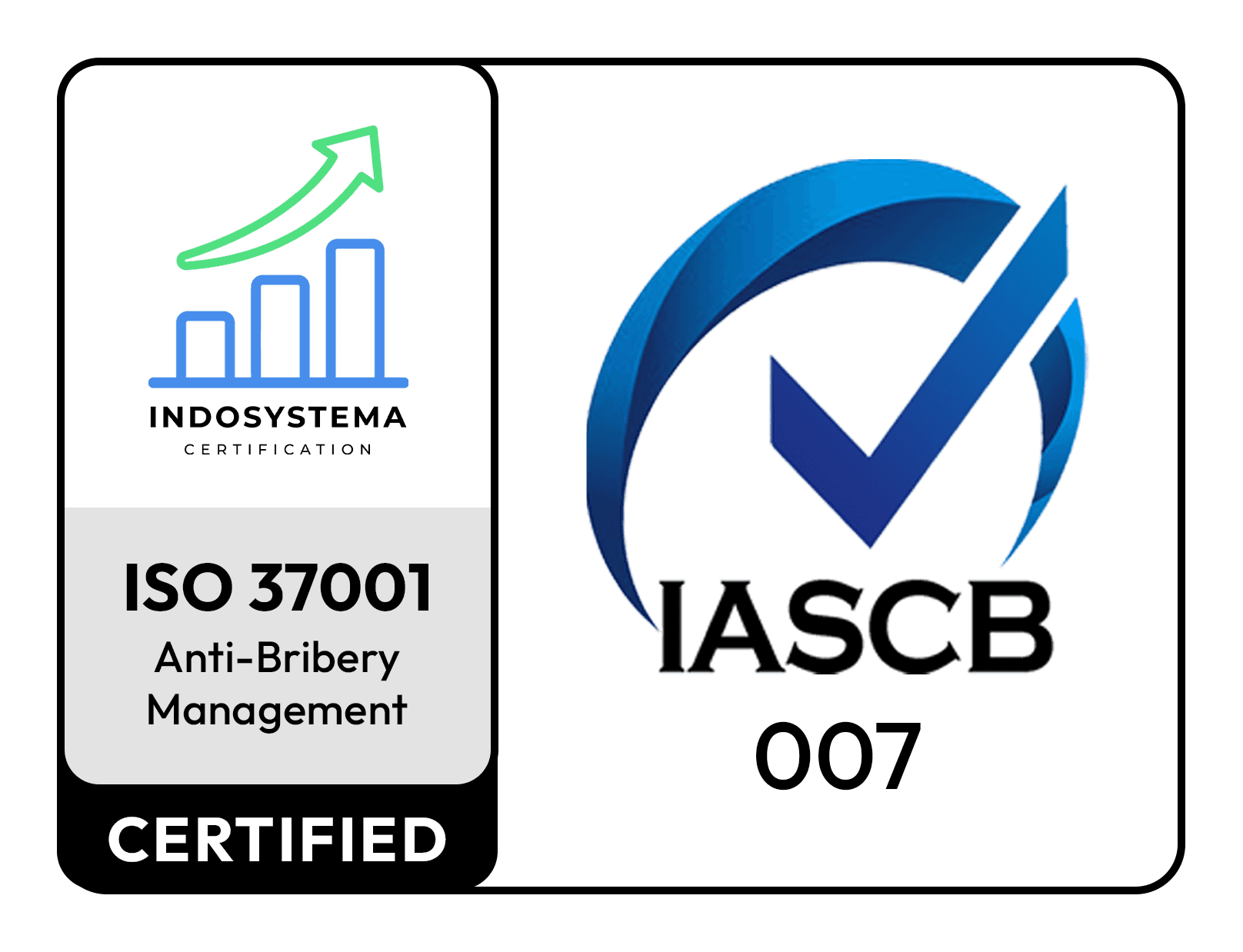The fifth-generation (5G) of mobile network technology has been hailed as a game-changer, promising faster speeds, lower latency, and the ability to connect more devices simultaneously. As the successor to 4G LTE, 5G represents a significant leap forward in wireless communication technology. This article delves into the advancements, deployments, and potential impacts of 5G networks.
Advancements in 5G Technology
Enhanced Speed and Capacity
One of the most touted features of 5G is its enhanced speed. While 4G LTE networks typically offer speeds ranging from 10 to 50 Mbps, 5G can potentially deliver speeds in the range of 1 to 10 Gbps. This dramatic increase in speed enables faster downloads, seamless streaming, and real-time gaming experiences.
Moreover, 5G networks have significantly higher capacity, allowing them to handle a greater number of connected devices without compromising performance. This increased capacity is particularly crucial for supporting the growing Internet of Things (IoT) ecosystem, where billions of devices—from smart appliances to autonomous vehicles—will require connectivity.
Low Latency
Another key advancement of 5G is its low latency, or the time it takes for data to travel from the source to the destination and back. While 4G networks typically have latency in the range of 30 to 50 milliseconds, 5G aims to reduce this to as low as 1 millisecond. This ultra-low latency is vital for applications that require real-time responsiveness, such as augmented reality (AR), virtual reality (VR), and autonomous driving.
Network Slicing and Edge Computing
5G introduces the concept of network slicing, which allows operators to create multiple virtual networks within a single physical infrastructure. Each network slice can be tailored to meet the specific requirements of different applications, ensuring optimal performance and resource allocation.
Furthermore, 5G facilitates the adoption of edge computing, where data processing occurs closer to the data source, such as IoT devices or sensors. By reducing the need to transmit data back and forth to centralized servers, edge computing can significantly decrease latency and improve efficiency.
Deployments of 5G Networks
Global Rollout
5G deployments have been rapidly expanding worldwide, with countries like the United States, China, South Korea, and the United Kingdom leading the way. Major telecommunications companies are investing billions of dollars in infrastructure upgrades to roll out 5G networks in urban areas, followed by suburban and rural regions.
Use Cases and Applications
The deployment of 5G networks is unlocking a myriad of innovative use cases and applications across various industries:
Healthcare: 5G enables remote patient monitoring, telemedicine, and augmented reality-assisted surgeries, revolutionizing healthcare delivery and accessibility.
Manufacturing: In the manufacturing sector, 5G facilitates real-time monitoring and control of production lines, predictive maintenance, and the implementation of smart factories.
Transportation: 5G plays a pivotal role in advancing connected and autonomous vehicles, enhancing traffic management systems, and enabling vehicle-to-everything (V2X) communication.
Entertainment: The gaming and entertainment industries are leveraging 5G's high-speed, low-latency capabilities to deliver immersive experiences, such as cloud gaming and live streaming in 4K and 8K resolutions.
Potential Impacts of 5G
While 5G offers unprecedented opportunities for innovation and growth, it also raises concerns regarding security, privacy, and potential health risks. As 5G networks become more pervasive, addressing these challenges will be crucial to ensure a safe and secure digital ecosystem.
Furthermore, the widespread adoption of 5G is expected to drive economic growth, create new job opportunities, and stimulate advancements in technology and infrastructure. However, it will also require concerted efforts from governments, regulators, and industry stakeholders to address the associated challenges and ensure equitable access to 5G technology for all.
5G technology represents a transformative shift in the realm of wireless communication, offering enhanced speed, low latency, and unprecedented connectivity capabilities. As 5G networks continue to expand globally and pave the way for innovative applications and services, addressing the associated challenges and ensuring responsible deployment will be paramount. By harnessing the full potential of 5G technology, we can unlock a future of limitless possibilities and usher in a new era of connectivity and innovation.









